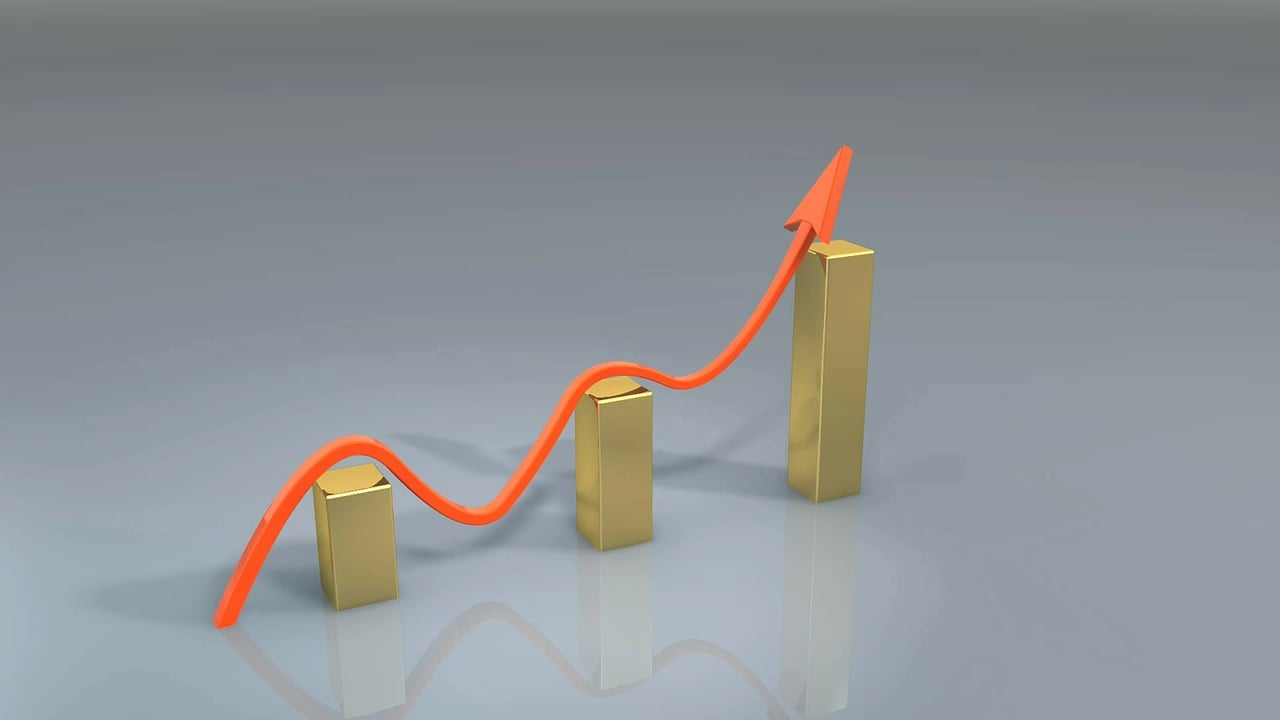Inflation is perhaps the buzzword in news headlines and economic rundowns, but what does this mean for you and your wallet? Let us delve into this, making it fun, in the world of inflation: how it touches the real world, why it does happen, and what one does to keep his finances sound despite an uptick in prices. Have your favorite snacks ready, and voilà, let’s demystify inflation!
But What is Inflation, Anyway?
Fundamentally, inflation is the rate at which goods and services increase in price over time. The way it works is such that with each passing period, every dollar one has buys fewer goods and services than it did previously. It’s more or less like a sneaky thief that gradually diminishes the buying power of hard-earned cash!
Let me show this for you with an example: Assume, for a moment, that it is the year 2000, and you go into a store where a certain type of bread was $1. Today, that same loaf of bread would be possibly $3. There you go! That is inflation. Most often, the typical rate of inflation will fluctuate, although within the United States, it has averaged 3% per year over recent decades.
Inflation: Why Does it Happen?
Knowing the causes of inflation is key to understanding it. Among the major villains are:
1. Demand-Pull Inflation
This is when demand for goods and services outweighs supply. Imagine that there is some sort of concert with tickets that sell out within minutes. Everyone wants a ticket, yet they are short in supply. The price skyrockets. The same thing can apply to the economy: when consumers have more money and want to buy more, prices can go up.
2. Cost-Push Inflation
Cost-push inflation is brought about by the increased cost of production, hence passing high prices on to the consumer. Suppose the cost of ingredients for making that scrumptious pizza went up; this also influences the rate at which the pizzeria would sell them in order to keep profit margins. Such kind of inflation can be brought about by increased wages or an increase in prices of raw materials.
3. Built-In Inflation
This kind occurs when businesses and workers expect prices to rise. For example, workers may demand a wage increase just by expecting a rise in the cost of living. The companies, by giving in to their demands, may increase their prices—thus an inflationary spiral.
4. Monetary Policy
Central banks, through monetary policy, which may include the Federal Reserve, manipulate inflation. It is in the manipulation of the interest rate and money supply that allows or limits spending as the case may be, and in so doing creates or reduces inflation. This is a balancing trick and for the most part sensitive to economic performance.
The Effects of Inflation on Your Wallet
So, how does inflation actually impact your everyday life? Well, here are a few things to consider:
1. Purchasing Power
As we said earlier, inflation reduces the real value of your money. It just implies that with equivalent cash, you won’t have the ability to purchase as much in the coming future. Suppose one was gathering $100 for a new gadget, in several years that gadget might cost $120 because of the inflation. It could be very problematic for a person with fixed incomes as his expenses may go out of balance to his income.
2. Savings and Investments
Inflation affects savings indirectly. If your savings account provides a very low rate of interest, then the actual value of money tends to deteriorate with time. Suppose you have $1,000 in a savings account and earn 1% per year in interest, whereas the rate of inflation is 3%, which means you are losing money in real purchasing terms.
Offset that by considering investments that outpace inflation—such as stocks, real estate, or inflation-protected securities, including TIPS—that over the long haul are bound to grow a person’s wealth.
3. Interest Rates
Inflation often leads to higher interest rates. When central banks raise rates to control inflation, borrowing costs increase. This means higher mortgage rates, car loans, and credit card interest rates. If you’re planning to take on debt, it’s essential to consider how rising interest rates may impact your payments.
4. Price Volatility
Inflation causes the rise and fall of prices. You might notice that groceries, gas, or going out went up. Sometimes this might just make budgeting a little crazy. By paying attention to what went on with prices recently, you will have an idea of how best to plan your spending.
Coping with Inflation: Tips for Your Wallet
Now that we’ve demystified inflation, let’s go ahead to what you can actually do to protect your wallet. The fun part now consists of some very practical strategies:
1. Budget Wisely
A budget is your inflated guard. Keep a count of all that you spend, find areas you could cut back on. Maybe that daily latte could be made in the house, or dinner out is saved for very, very special occasions. All the little cuts add up!
2. Shop Smart
When inflation strikes, it is time to shop smart. Following are some helpful hints that’ll keep the dollar in your pocket longer:
- Coupons and Discounts: Inculcate the habit of spending on coupons, cash backs, and loyalty programs that save upon day-to-day purchases.
- Buy in Bulk: Quite often, you save money when purchasing something in bulk. Just make sure you have room for it!
- Price Comparison: There is no need to be satisfied with the very first price in front of you. Compare prices through apps and websites.
3. Invest in Yourself
Education is a good hedge against inflation. Think about investing in courses or other skill-improvement activities that will pay off through higher earnings for you. Spending on oneself pays really big with enlarged job opportunities and salary increases.
4. Investing in Inflation-Resistant Instruments
Consider diversification in investment portfolios. Some viable options in investment for immediate returns during inflation include:
- Stocks: Historically, stock markets always outpace inflation.
- Real Estate: Real estate usually appreciates over time and yields rental income, inflating with inflation.
- Commodities: A hedge for commodity investors in gold or silver.
5. Keep Yourself Informed
Knowledge is power! Stay updated with current economic trends and inflationary reports. By knowing how you will be affected by inflation, you can adjust strategies and make prudent decisions.
6. Build an Emergency Fund
It’s always a good idea to have an emergency fund handy, especially in unstable economic conditions. Put away three to six months of living expenses in a high-yield savings account.
Take Up the Challenge!
Inflation is sort of scary, but putting it into perspective, it’s an opportunity to make wiser choices about your money. Staying informed and flexible can help you protect your purchasing power and get closer to achieving your goals.
Remember, inflation is a fact of life—the price one has to pay to see progress. By embracing the challenge and becoming a really sharp consumer, you’ll turn what could be drawbacks into advantages. So let’s not let the flag drop in budgeting but let your wallet thrive on all these rising prices!
Happy budgeting, and may your financial journey be full of success and fun!







Leave a Reply